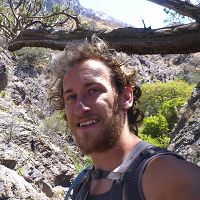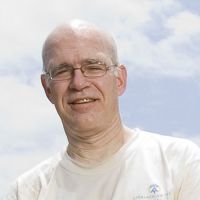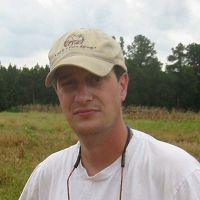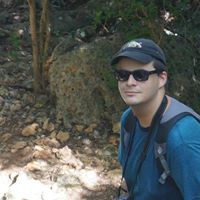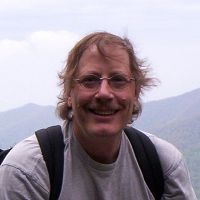Brecheisen et al., 2017
Landuse legacies of old-field succession and soil structure at the Calhoun Critical Zone Observatory in SC, USA
Brecheisen, Zachary Scott, Daniel deB. Richter, Mac Callaham, Roberto Carrera-Martinez, Paul Heine (2017)
American Geophysical Union 2017 Fall Meeting, New Orleans, Louisiana, 11-15 December 2017
-
Calhoun, GRAD STUDENT
-
Calhoun, INVESTIGATOR
-
Calhoun, INVESTIGATOR
-
Calhoun, GRAD STUDENT
-
Calhoun, STAFF
Plain English Summary
Soil structure, the the physical characteristics of the the soil, is very important in controlling how water, gasses, and roots are able to move through soil. As such, being able to describe how disturbed soils are able to regenerate soil structure can help us to understand how long and in what ways previous soil disturbance continues to affect the movement of fluids in the environment.
Abstract
The pre-colonial Southern Piedmont was an incredibly stable CZ with erosion rates between 0.35-3m/Myr on a 4th order interfluve. With soils and saprolite weathered up to 30m in total depth bedrock with multi-million year residence times under continual forest cover prior to widespread agricultural disturbance. With this biogeomorphic stability came time for soil macroporosity and soil structure to be established and maintained by the activities of soil fauna, plant root growth and death, and tree-fall tip-up events serving to continually mix and aerate the soil. Greatly accelerated surficial agricultural erosion (ca. 1750-1930) has fundamentally altered the Calhoun Critical Zone Observatory forest community dynamics aboveground and the soil structure, hydrology, and biogeochemistry belowground. The arrival of the plow to the Southern Piedmont marked the destruction of soil structure, macropore networks, and many of the macroinvertebrate soil engineers. This transformation came via forest clearing, soil tilling, compaction, and wholesale soil erosion, with the region having lost an estimated average of 18cm of soil across the landscape. In the temporal LULC progression from hardwood forests, to cultivated farms, to reforestation, secondary forest soil structure is expected to remain altered compared to the reference hardwood ecosystems. The research presented herein seeks to quantify CZ soil structure regeneration in old-field pine soil profiles’ Ksat, aggregation, texture, macro-invertebrates, and direct measurements of topsoil porosity using X-ray computed tomography analysis on 15cm soil cores.
Citation
Brecheisen, Zachary Scott, Daniel deB. Richter, Mac Callaham, Roberto Carrera-Martinez, Paul Heine (2017): Landuse legacies of old-field succession and soil structure at the Calhoun Critical Zone Observatory in SC, USA. American Geophysical Union 2017 Fall Meeting, New Orleans, Louisiana, 11-15 December 2017.
 This Paper/Book acknowledges NSF CZO grant support.
This Paper/Book acknowledges NSF CZO grant support.
Explore Further
